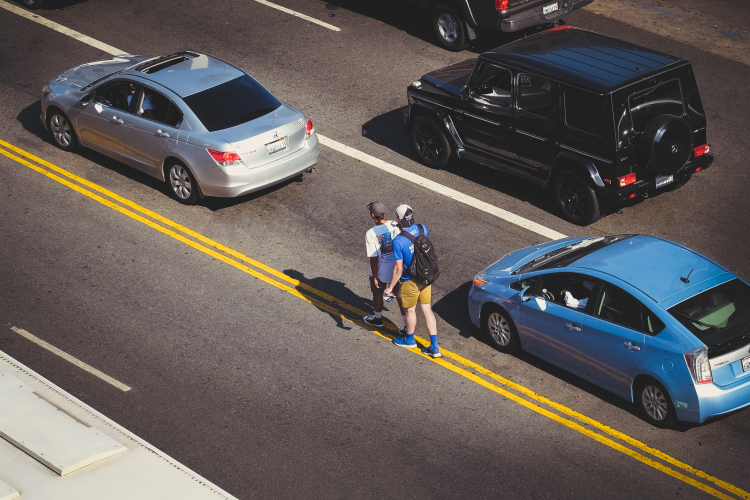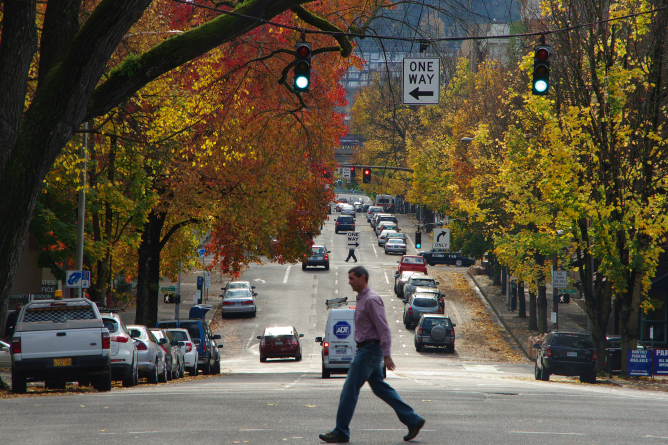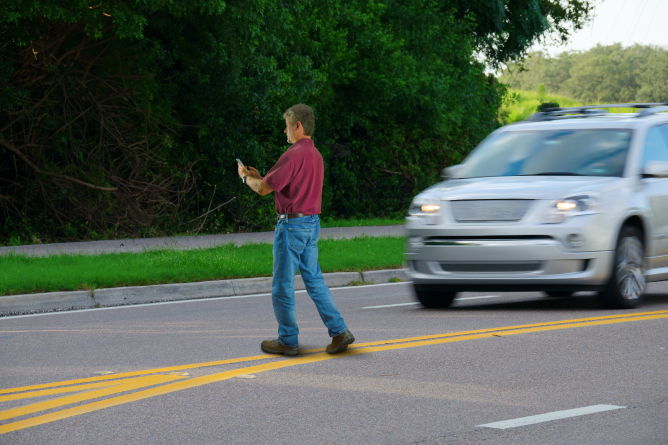
The Freedom To Walk Act: New Jaywalking Law In California
Several new laws have been introduced in California this year—allow us to walk you through one of them. The Freedom To Walk Act, more commonly known as jaywalking, has been a topic of discussion for many years now. To understand what this new law entails, it's essential to learn about its history and why it's such a controversial subject. Pedestrian fatalities are at an all-time high, but are drivers the ultimate culprit? In parts of Europe, there's a certain ebb and flow where pedestrians and drivers coexist harmoniously. Even stray dogs habitually cross in tandem with people instead of darting across the road. Societal norms in the U.S. are a bit different. As a result, jaywalking laws are strictly enforced to prevent accidents and injuries. So, what is this new California jaywalking law all about?
First, let's go back to a historical point in the 1920s—the automobile era and its impact on society. And further, what is the purpose of the jaywalking law, and how did it originate?
The term "jay" was coined in the early 1900s and was originally directed toward drivers as a way to ridicule those who lacked road etiquette. Carriage drivers who drove on the wrong side of the road were referred to as jay drivers. But automobiles were purchased by the wealthy, which means they also had money to influence lawmakers. When pedestrian fatalities soared in the mid-1920s, automobile owners decided jaywalkers, or careless pedestrians, were a nuisance and should be controlled. In 1924, an automobile manufacturer named George Graham said, "pedestrians must be educated to know that automobiles have rights." In the following year, a law was passed in Los Angeles, California, making jaywalking illegal; eventually, it was adopted by states nationwide and other countries as well. Almost 100 years later, pedestrians are fighting back.

What Is Jaywalking?
Simply put, jaywalking is the act of crossing a street when it is unlawful to do so. But, define unlawful. New pedestrian laws can be confusing and difficult to keep track of. On October 2nd, 2017, former Governor, Jerry Brown, signed Assembly Bill No. 390, making it legal for pedestrians to cross while the clock counts down. Prior to this bill, pedestrians could be fined if they stepped off the curb and into the street after the countdown had started.
Is Jaywalking Illegal?
Because jaywalking laws can vary by state, The Freedom To Walk Act only applies to jaywalk in California. So the real question is, is jaywalking illegal in California?
According to the new law signed last year by Governor Gavin Newsom, starting January 1st, 2023, pedestrians in California are allowed to jaywalk without fear of being ticketed—as long as it's safe. But who determines if it's safe? A police officer, a judge, or a jury?
Can You Get a Ticket For Jaywalking?
Technically—yes, but it's definitely a gray area. The chances of a police officer giving out a ticket for jaywalking now would be rare but not impossible. If you decide to sprint across the street in the middle of rush hour traffic, don't expect the law to be on your side. So, how much is a jaywalking ticket? A standard jaywalking fine is up to $196, but with additional fees and penalties, it can cost up to $250.
What Happens When a Pedestrian Is Hit?

This is precisely why many people are actually in opposition to the new law. In the event of a pedestrian causing a car accident, every law firm in California would need to evaluate a different set of rules. Nowadays, drivers are not the only ones that are distracted; accidents caused by social media can very well be the fault of a pedestrian. People of all ages these days are glued to their phones—and yes, even when crossing the street. And what if the crash involves an e-scooter or bike? There's a certain degree of ambiguity concerning the penalty for jaywalking if it causes an accident. The best course of action to take is to consult with an attorney who practices personal injury law.
If you've been involved in a collision as a driver, pedestrian, or even a rider, contact a car accident attorney in Los Angeles for legal advice.
*No Legal Advice Intended. This website includes general information about legal issues and developments in the law. These materials have been prepared for general informational purposes only and are not intended to be legal advice. Please consult an attorney for legal advice pertaining to any particular legal matter. Use of and access to this website or any of the links or resources contained within the site do not create an attorney-client relationship between the reader, user, or browser and Yepremyan Law Firm and any of its attorneys, employees, or associates.
